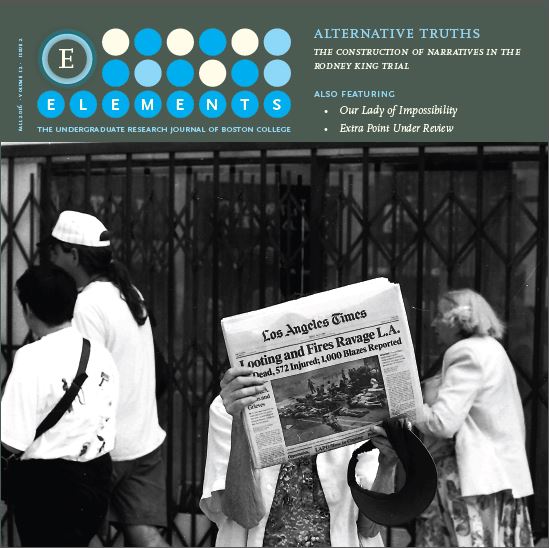Our Lady Of Impossibility: Gendered Standards In Islam And Christianity
DOI:
https://doi.org/10.6017/eurj.v12i2.9449Keywords:
Mary, Islam, Christianity, Gender StandardsAbstract
In both Christianity and Islam, Mary represents perhaps the highest societal ideal of what a woman can strive to be. This paper compares the construction of that standard in these two religious traditions and its implications for women. Additionally, Mary is compared to other important religious figures, such as the prophet Muhammad and Fátima. Given how much attention Mary’s body receives in Christianity and islam, a crucial part of the discussion focuses on bodies, sexuality, and purity as a physical as well as spiritual concept. Three conclusions can be drawn from this investigation: Firstly, the standard presented by the Virgin Mary is gendered in the way that it is applied predominantly to women. Secondly, it is inherently unattainable. Finally, under such a standard, women are set up to fail at performing and achieving this ideal in their respective faiths. The appropriation of Mary’s life and legacy is discussed as a patriarchal fixture which serves to explain one cause of both past and current gender inequality.Downloads
Published
2016-11-13
How to Cite
Chou, L. (2016). Our Lady Of Impossibility: Gendered Standards In Islam And Christianity. Elements, 12(2). https://doi.org/10.6017/eurj.v12i2.9449
Issue
Section
Articles
License
Copyright (c) 2016 Lindsey Chou

This work is licensed under a Creative Commons Attribution 4.0 International License.

